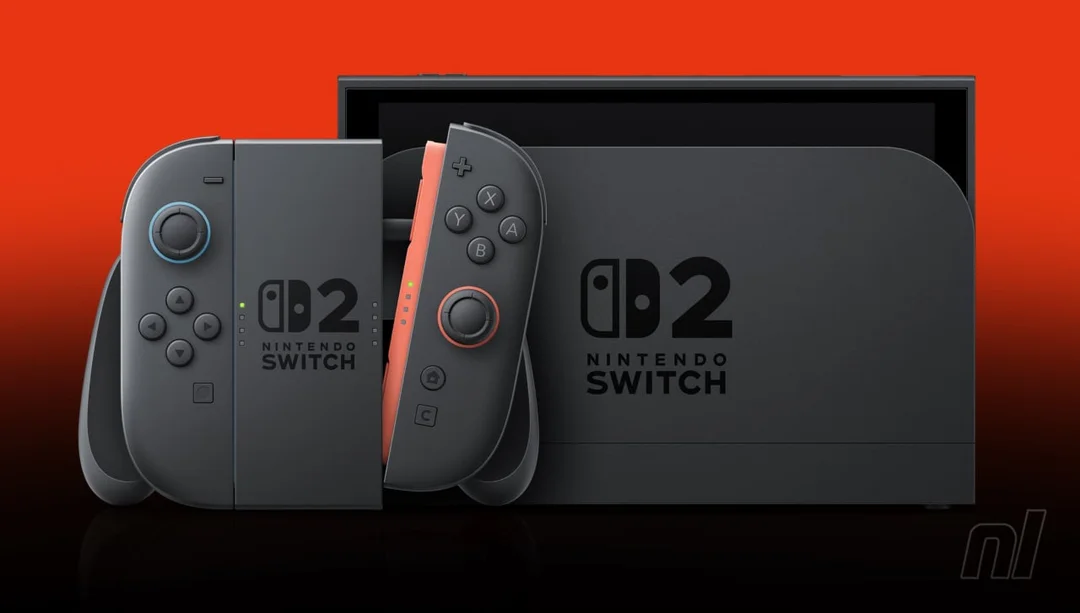
Nintendo Switch 2: Unveiling the Final Tech Specs and the Story Behind the Delay
The Nintendo Switch 2 is on the horizon, and details are finally emerging about its technical specifications. While Nintendo has been selective with information, leaks and deep dives have painted a clearer picture of what gamers can expect. But why the long wait? Let's delve into confirmed specs, developer limitations, and the possible reasons behind the console's delayed arrival.
At the heart of the Switch 2 lies a custom processor made by Nvidia. Unlike the original Switch's Tegra X1, the T239 SoC is custom silicon designed specifically for Nintendo. This collaboration between Nvidia and Nintendo has resulted in impressive hardware, pushing the boundaries of performance for a handheld console. Early analysis indicates that the T239 chip may have been finalized as early as 2021.

Diving into the specifics, the Switch 2 CPU features an ARM Cortex A78C, running with cryptography extensions enabled. It leverages 64K of L1 instruction cache and another 64K L1 data cache per core. The GPU utilizes the Ampere architecture, bringing the power of the RTX 30 series to the handheld world. With 1536 CUDA cores, the Switch 2 promises a substantial upgrade in graphics performance.
Memory is another key area of improvement. The Switch 2 boasts 12GB of LPDDR5X memory, with a bandwidth of 102GB/s in docked mode and 68GB/s in handheld mode. While the system reserves 3GB, developers still have 9GB available for game development, more than doubling what Switch 1 offered.
One of the most intriguing aspects is Nintendo's custom File Decompression Engine (FDE). Paired with 256GB of UFS storage (expandable with MicroSD Express cards), the FDE offloads decompression tasks from the CPU, resulting in faster loading times and improved power efficiency.
The display is a 7.9-inch wide color gamut LCD screen with a 1080p resolution, supporting HDR10 and VRR up to 120Hz making gaming experience better. VRR is currently only a function of the internal display, and there is no support for VRR over HDMI for now.

The DLSS is also fully supported. In addition to DLAA, there are DLSS 1x, 2x and 3x options and all of this helps in gaming display.
So, why the delay? Forensic analysis suggests the T239 chip was finalized in 2021. This hints that the rumored Switch Pro might have evolved into the Switch 2. Several factors could have contributed to this delay. The original Switch's sustained popularity, driven partly by the pandemic, meant there was less pressure to release a successor. Furthermore, developing a strong launch library for a new console takes time and resources.
Despite using older 8nm technology, the Switch 2's Ampere GPU brings key features like ray tracing and machine learning, ensuring it remains relevant for the current generation of gaming. What do you think? Is the Switch 2 arriving at the right time? Will its combination of portability and power be enough to compete with dedicated consoles? Share your thoughts in the comments below.